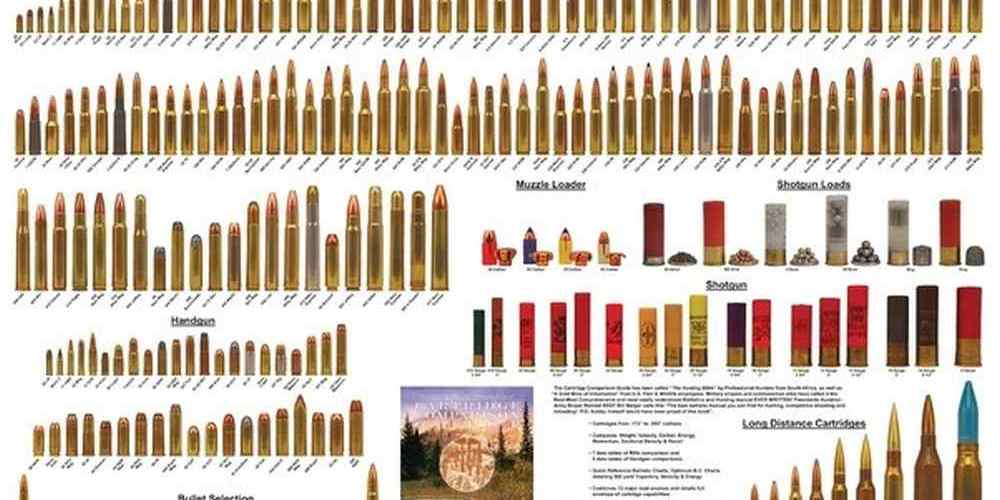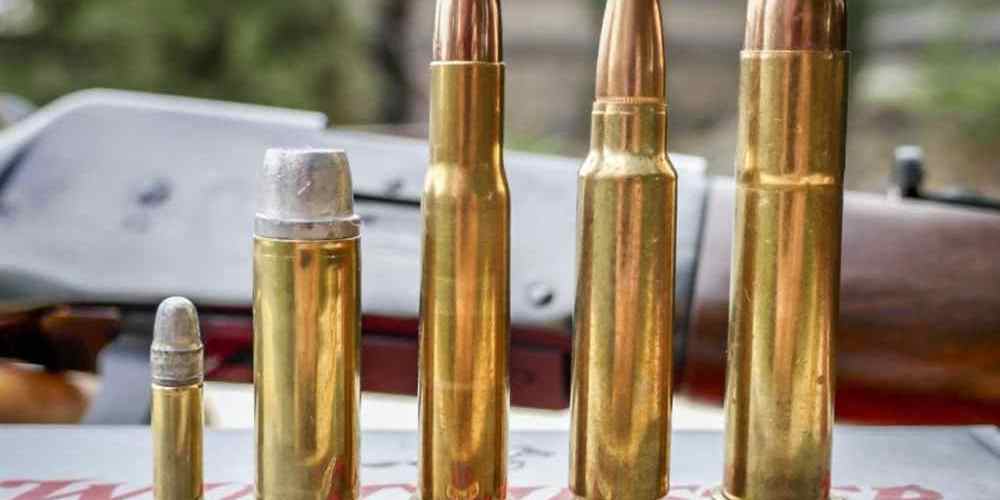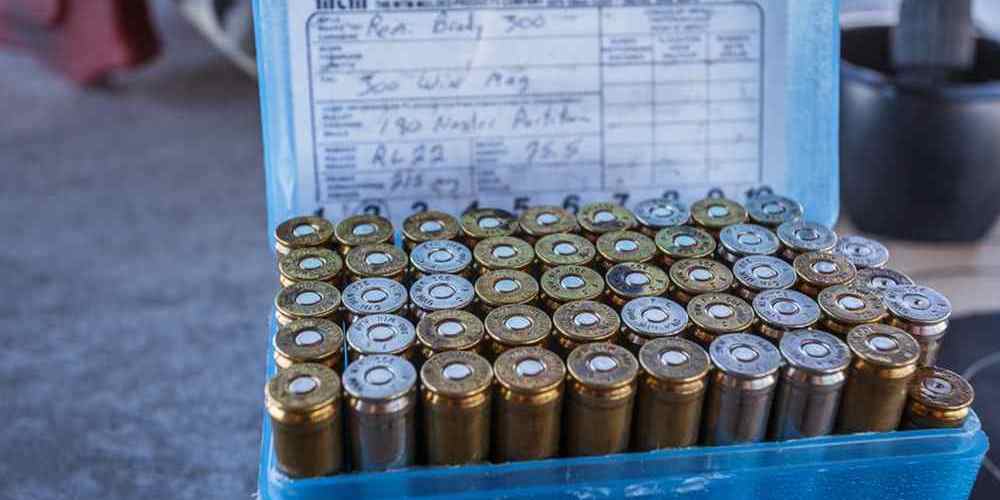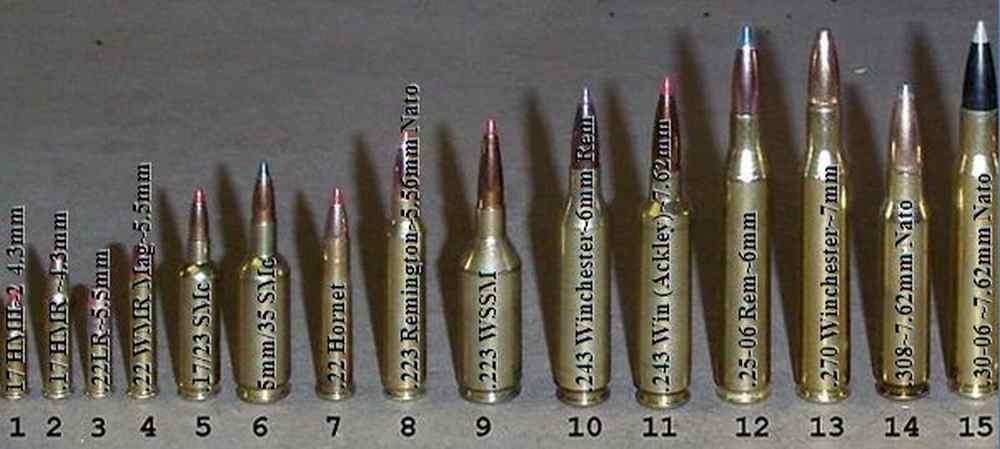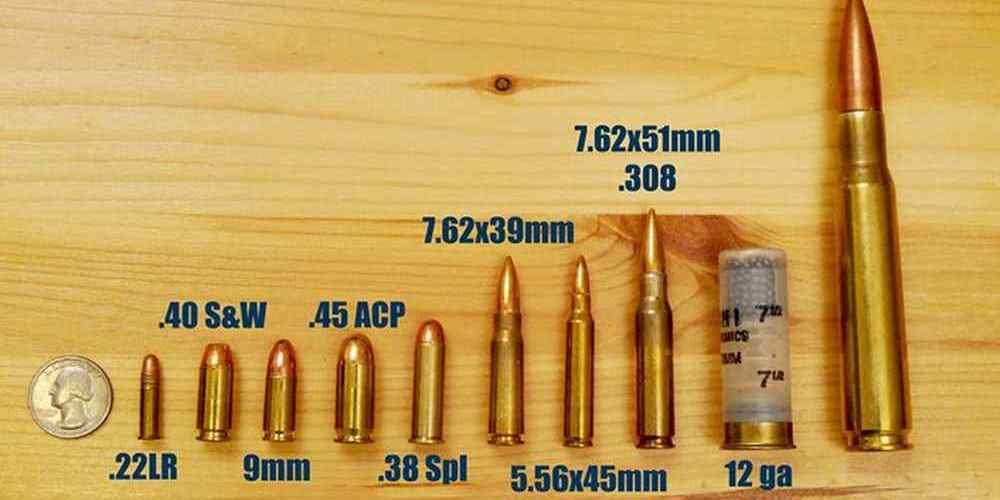Unleashing the power of rifle ammunition.
Terminal Ballistics: Understanding the Science Behind Rifle Ammunition
When it comes to understanding the impact of rifle ammunition, terminal ballistics is a crucial concept to grasp. Terminal ballistics refers to the study of how projectiles behave once they hit a target. This includes factors such as penetration, expansion, and fragmentation. By understanding terminal ballistics, shooters can make informed decisions about the type of ammunition to use for different scenarios.
One of the key factors in terminal ballistics is penetration. Penetration refers to how deep a projectile can penetrate into a target. This is influenced by factors such as the velocity of the projectile, the mass of the projectile, and the construction of the target. For example, a high-velocity, heavy bullet is more likely to penetrate deeply into a target than a lighter, slower bullet.
Expansion is another important factor in terminal ballistics. Expansion refers to how much a projectile expands upon impact. This is particularly important for hunting ammunition, as expanded bullets create larger wound channels, increasing the chances of a quick, humane kill. Bullets designed for hunting are typically designed to expand upon impact, transferring more energy to the target.
Fragmentation is also a key consideration in terminal ballistics. Fragmentation refers to how a projectile breaks apart upon impact. Some bullets are designed to fragment upon impact, creating multiple wound channels and increasing the chances of incapacitating the target. Fragmentation can be particularly useful in scenarios where overpenetration is a concern, such as in urban environments.
When selecting rifle ammunition, it is important to consider the terminal ballistics of the ammunition. Different types of ammunition are designed for different purposes, and understanding how they behave upon impact can help shooters make informed decisions. For example, a shooter looking for ammunition for hunting large game may opt for a bullet that is designed to expand upon impact, creating a larger wound channel. On the other hand, a shooter looking for ammunition for self-defense may opt for a bullet that is designed to fragment upon impact, increasing the chances of stopping an attacker.
In addition to understanding the terminal ballistics of rifle ammunition, shooters should also consider the terminal ballistics of their target. Different targets will react differently to different types of ammunition. For example, a bullet that is designed to expand upon impact may be effective against soft tissue targets, but may not be as effective against hard barriers such as bone or thick clothing. Understanding the terminal ballistics of both the ammunition and the target can help shooters make more effective shots.
In conclusion, terminal ballistics is a crucial concept to understand when it comes to the impact of rifle ammunition. By understanding factors such as penetration, expansion, and fragmentation, shooters can make informed decisions about the type of ammunition to use for different scenarios. Whether hunting large game or defending against an attacker, understanding terminal ballistics can help shooters make more effective shots and achieve their desired outcomes.
The Effects of Bullet Design on Terminal Ballistics
When it comes to understanding the impact of rifle ammunition, one of the key factors to consider is terminal ballistics. Terminal ballistics refers to the study of how a projectile behaves upon impact with a target. This includes factors such as penetration, expansion, and energy transfer. In the world of rifle ammunition, the design of the bullet plays a crucial role in determining its terminal ballistics.

Bullet design encompasses a variety of factors, including shape, weight, and construction. These factors can have a significant impact on how a bullet performs upon impact. For example, a bullet with a hollow point design is designed to expand upon impact, creating a larger wound channel and increasing the likelihood of stopping a threat. On the other hand, a bullet with a full metal jacket design is designed to penetrate deeply without expanding, making it ideal for hunting larger game.
The weight of a bullet also plays a crucial role in its terminal ballistics. Heavier bullets tend to penetrate deeper and retain more energy upon impact, making them ideal for hunting or self-defense situations where maximum penetration is desired. Lighter bullets, on the other hand, may expand more rapidly upon impact, creating a larger wound channel but sacrificing penetration.
The construction of a bullet is another important factor to consider when evaluating its terminal ballistics. Bullets can be constructed using a variety of materials, including lead, copper, and steel. Each material has its own unique properties that can affect how a bullet performs upon impact. For example, lead bullets are known for their ability to deform upon impact, creating a larger wound channel. Copper bullets, on the other hand, are known for their ability to retain their shape and penetrate deeply.
In addition to shape, weight, and construction, the velocity of a bullet also plays a crucial role in determining its terminal ballistics. A faster-moving bullet will typically have more energy upon impact, leading to greater penetration and expansion. However, velocity can also have drawbacks, such as increased recoil and muzzle blast. Finding the right balance between velocity and terminal performance is key to selecting the right ammunition for your needs.
Ultimately, the key to understanding the impact of rifle ammunition lies in understanding the principles of terminal ballistics. By considering factors such as bullet design, weight, construction, and velocity, shooters can make informed decisions about the ammunition they choose to use. Whether for hunting, self-defense, or target shooting, selecting the right ammunition can make all the difference in achieving the desired results.
In conclusion, terminal ballistics is a complex and fascinating field that plays a crucial role in determining the effectiveness of rifle ammunition. By considering factors such as bullet design, weight, construction, and velocity, shooters can make informed decisions about the ammunition they choose to use. Understanding the principles of terminal ballistics can help shooters maximize the performance of their rifles and achieve the desired results in a variety of shooting scenarios.
Terminal Ballistics in Different Calibers: A Comparative Analysis
Terminal ballistics is a crucial aspect of understanding the impact of rifle ammunition. It refers to the study of how a projectile behaves upon impact with a target, including factors such as penetration, expansion, and fragmentation. Different calibers of rifle ammunition can produce varying terminal ballistics effects, making it important for shooters to understand the differences between them.
When comparing terminal ballistics in different calibers, it is essential to consider factors such as bullet weight, velocity, and design. These factors can greatly influence the performance of a projectile upon impact. For example, a heavier bullet will typically penetrate deeper into a target, while a lighter bullet may expand more upon impact, causing greater tissue damage.
In terms of velocity, a faster-moving bullet will generally have more energy upon impact, leading to greater penetration and expansion. However, velocity can also affect the stability of a bullet in flight, with faster bullets being more prone to tumbling or fragmentation upon impact. This can result in unpredictable terminal ballistics effects, making it important for shooters to choose ammunition that is well-suited to their intended use.
Bullet design is another important factor to consider when comparing terminal ballistics in different calibers. Hollow point bullets, for example, are designed to expand upon impact, creating a larger wound cavity and increasing the likelihood of stopping a threat. Full metal jacket bullets, on the other hand, are designed for maximum penetration and are less likely to expand upon impact.
In a comparative analysis of terminal ballistics in different calibers, it is important to consider the intended use of the ammunition. For hunting purposes, shooters may prioritize factors such as penetration and expansion to ensure a clean and ethical kill. For self-defense purposes, on the other hand, shooters may prioritize factors such as stopping power and tissue damage to incapacitate a threat quickly and effectively.
One common comparison in terminal ballistics is between the .223 Remington and the .308 Winchester calibers. The .223 Remington is a popular choice for varmint hunting and target shooting, known for its high velocity and flat trajectory. However, its lighter weight and smaller caliber can limit its effectiveness for larger game or self-defense purposes.
In contrast, the .308 Winchester is a larger caliber round with greater bullet weight and energy, making it well-suited for hunting medium to large game. Its terminal ballistics are characterized by deep penetration and controlled expansion, making it a popular choice for hunters and law enforcement agencies alike.
Ultimately, the choice of caliber for rifle ammunition will depend on the shooter’s intended use and personal preferences. By understanding the terminal ballistics of different calibers, shooters can make informed decisions about the ammunition they choose to use. Whether for hunting, target shooting, or self-defense, a thorough understanding of terminal ballistics is essential for maximizing the effectiveness of rifle ammunition.
Factors Affecting Terminal Ballistics Performance
Terminal ballistics is a crucial aspect of understanding the performance of rifle ammunition. It refers to the behavior of a projectile once it hits its target, including how it penetrates and expands upon impact. There are several factors that can affect the terminal ballistics performance of rifle ammunition, and understanding these factors is essential for shooters and hunters alike.
One of the key factors that can influence terminal ballistics performance is the design of the bullet itself. Different types of bullets are designed to achieve different results upon impact. For example, hollow point bullets are designed to expand upon impact, creating a larger wound channel and increasing the likelihood of stopping a threat or taking down game. On the other hand, full metal jacket bullets are designed to penetrate deeply without expanding, making them ideal for target shooting or situations where over-penetration is a concern.
The weight and velocity of the bullet also play a significant role in terminal ballistics performance. Heavier bullets tend to penetrate more deeply, while lighter bullets may expand more rapidly upon impact. Additionally, bullets traveling at higher velocities are more likely to cause hydrostatic shock, which can incapacitate a target even if the bullet does not directly hit a vital organ. Understanding the relationship between bullet weight, velocity, and terminal ballistics performance is crucial for selecting the right ammunition for a given situation.
The construction of the target or game animal can also affect terminal ballistics performance. Different materials, such as clothing, bone, or muscle, can impact how a bullet behaves upon impact. For example, a bullet that performs well in ballistic gel may not perform as effectively when faced with a thick layer of clothing or bone. Understanding the composition of the target is essential for predicting how a bullet will behave and selecting the appropriate ammunition for the job.
Environmental factors can also influence terminal ballistics performance. Temperature, humidity, and altitude can all affect how a bullet performs upon impact. For example, bullets may behave differently in cold weather compared to hot weather, or at high altitudes compared to sea level. Shooters and hunters should be aware of how these environmental factors can impact terminal ballistics performance and adjust their ammunition selection accordingly.
In conclusion, terminal ballistics is a complex and multifaceted aspect of rifle ammunition performance. Factors such as bullet design, weight, velocity, target composition, and environmental conditions all play a role in determining how a bullet will behave upon impact. By understanding these factors and how they interact with one another, shooters and hunters can make informed decisions when selecting ammunition for a given situation. Demystifying the impact of rifle ammunition is essential for achieving optimal terminal ballistics performance and ensuring success in the field.
Case Studies of Terminal Ballistics in Real-world Scenarios
Terminal ballistics is a crucial aspect of understanding the impact of rifle ammunition in real-world scenarios. By studying case studies of terminal ballistics, we can gain valuable insights into how different types of ammunition behave upon impact. This knowledge is essential for hunters, law enforcement officers, and military personnel who rely on rifles for various purposes.
One of the most common types of rifle ammunition is the .308 Winchester round. This versatile cartridge is popular among hunters and target shooters for its accuracy and stopping power. In a case study conducted by a team of ballistics experts, the .308 Winchester round was fired at a ballistic gelatin block to simulate the effects of a shot on a human target.
The results of the study were eye-opening. The .308 Winchester round penetrated the gelatin block to a depth of 16 inches, causing significant damage to the tissue in its path. The bullet expanded upon impact, creating a large wound cavity that would be fatal to a human target. This demonstrates the effectiveness of the .308 Winchester round in stopping a threat in a real-world scenario.
Another case study focused on the 5.56x45mm NATO round, which is commonly used by military and law enforcement personnel. This high-velocity cartridge is known for its flat trajectory and rapid fragmentation upon impact. In the case study, the 5.56x45mm NATO round was fired at a steel target to simulate the effects of a shot on a vehicle or other hard surface.
The results were impressive. The 5.56x45mm NATO round penetrated the steel target with ease, causing significant damage to the surface. The bullet fragmented upon impact, creating secondary projectiles that could cause collateral damage to nearby objects or individuals. This highlights the importance of understanding the terminal ballistics of different types of rifle ammunition in various scenarios.
One of the most intriguing case studies involved the .50 BMG round, a powerful cartridge used in anti-materiel rifles and heavy machine guns. This massive round is capable of penetrating armored vehicles and other hard targets with ease. In the case study, the .50 BMG round was fired at a concrete wall to simulate the effects of a shot on a fortified structure.
The results were astonishing. The .50 BMG round punched through the concrete wall like a hot knife through butter, leaving a massive exit wound on the other side. The sheer power and penetration of the .50 BMG round make it a formidable weapon in the hands of skilled marksmen. This case study underscores the importance of using the right ammunition for the job in high-stakes situations.
In conclusion, studying case studies of terminal ballistics in real-world scenarios can provide valuable insights into the impact of rifle ammunition. By understanding how different types of ammunition behave upon impact, we can make informed decisions about which rounds to use in specific situations. Whether hunting game, engaging targets on the battlefield, or defending against threats, knowing the terminal ballistics of rifle ammunition is essential for success.




